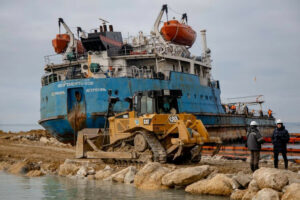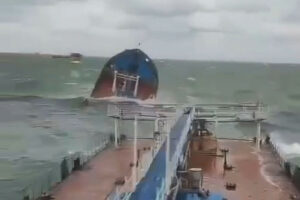Tuzla Island: how Russia trained before the occupation of Crimea

September 29 is an important date in the history of the island of Tuzla and the whole of Ukraine. It was on this day in 2003 that the conflict between Russia and Ukraine over the construction of a dam erupted, escalating tensions between the two states and having serious long-term geopolitical consequences, including the annexation of Crimea and the current full-scale war.
USM tells about the background of the conflict, the development of events in Tuzla and their infamous conclusion.
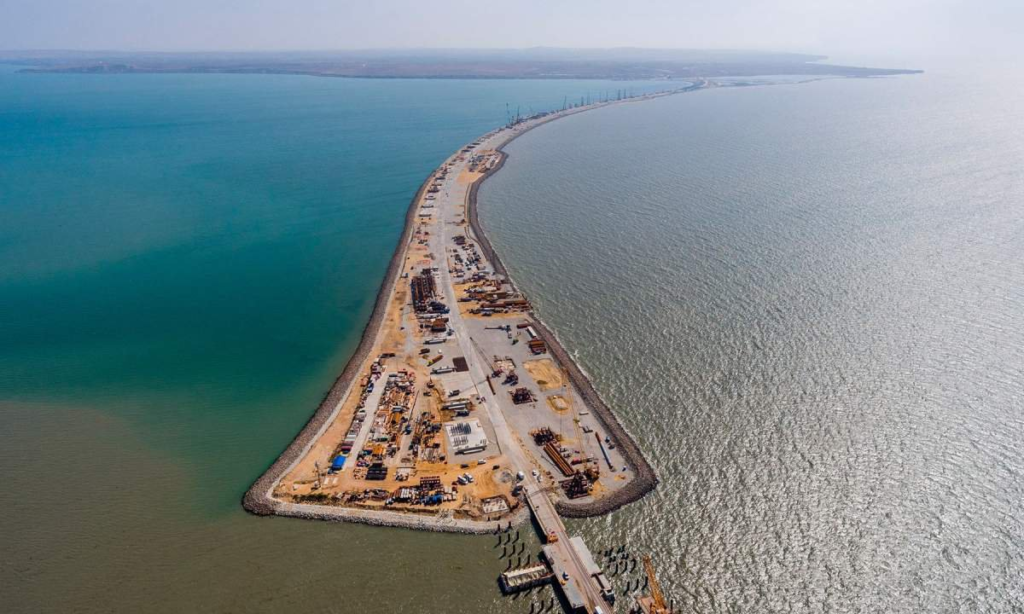
Tuzla: an island or a spit?
On November 29, 1925, a strong storm washed away the narrow spit that continued the Taman Peninsula. This is how the island of Tuzla with an area of 3 square meters was formed. km, 6.5 km long and about 500 m wide.
On January 7, 1941, the Soviet authorities handed over the island to the Crimean ASSR. The latter became part of the Ukrainian SSR as a region in February 1954. Therefore, at the time of the collapse of the USSR, the island became part of Ukraine.
After Ukraine gained independence in 1991, the issue of the delimitation of the Sea of Azov and the Kerch Strait became the subject of long discussions with Russia. For Russia, control over the strait was important because of access to ports on the Sea of Azov, and for Ukraine – because of security and sovereignty over its own territory.
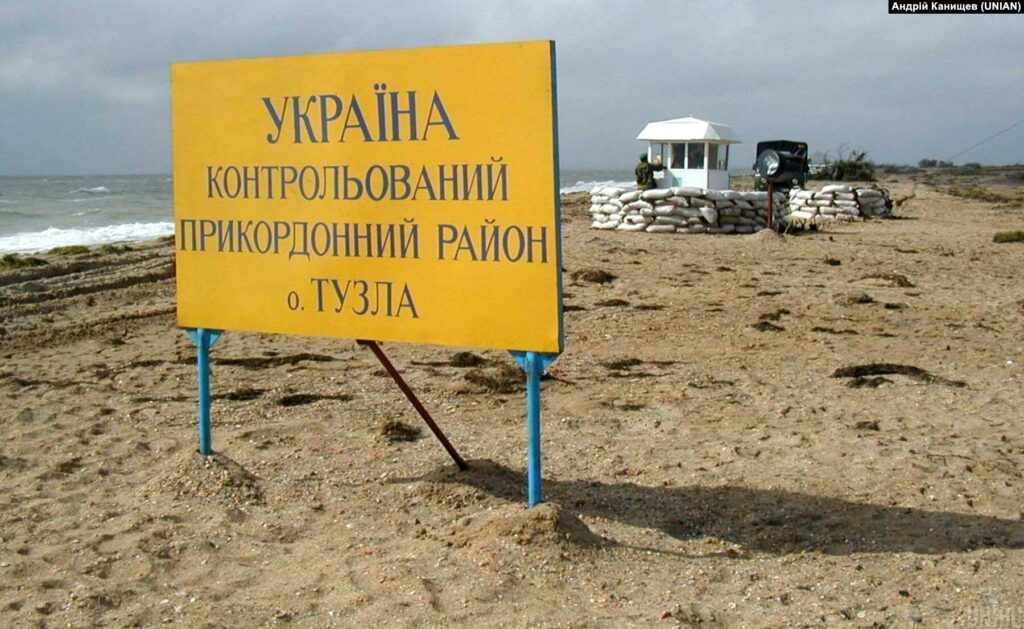
How Russia prepared for the capture of Tuzla
Despite the documents signed in the 1940s and 50s, Moscow refused to recognize Tuzla as an island and insisted that it was a spit, and only the continental part of Crimea was handed over to Ukraine. According to such a typical imperialist logic, Russia should have conquered the “Kosau”.
The “warming up” of the average Russian to a state loyal to the war began as early as the 20th century. In 1997, the book “Kosa Tuzla: Listed Territory” was published in Russia. Its author is Aleksandr Travnikov, then a deputy of the Krasnodar Krai Legislative Assembly. In it, he wrote that “in politics, the small spit of Tuzla in the Kerch Strait is no small thing. This is the principle. The principle of defending the national interests of Russia. And principles cannot be the subject of bargaining.”
And already in 2002, Travnikov founded a parliamentary committee on the “return” of the island of Tuzla under the jurisdiction of the Russian Federation. During the year, members of the committee sent letters to the President of the Russian Federation, Vladimir Putin, asking him to take actions aimed at granting the island the status of Russian territory. In case of resistance from Ukraine, the committee proposed to land a military landing force near Kerch.
At the same time, radio stations within the Russian Federation conducted social polls regarding the attitude of Russians to the occupation of foreign territories. The sample of respondents was not representative, but sufficient for the Russian authorities to see that society at least partially shares its imperialist sentiments. Note that at the time of the conflict in Tuzla, the next presidential election was less than half a year away, and Vladimir Putin, having checked the attitude of Russians towards a possible war, wanted to earn a reputation among the people as a “strong hand”.
Also in Russia, statements about the ecological danger for the Taman Peninsula began to appear – it can allegedly be washed away, and the construction of a dam on the island of Tuzla can prevent this.
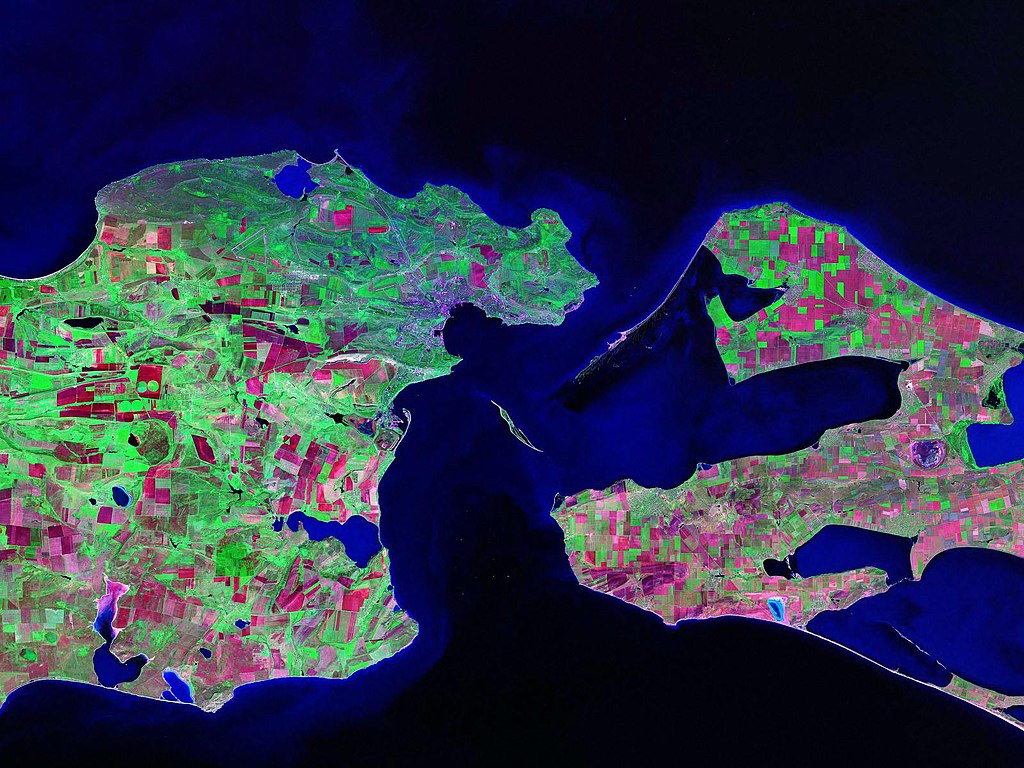
Kerch Strait and Tuzla Island before the construction of the dam.
The dam construction
In September, Russia began construction of a dam from the Taman Peninsula in the direction of Tuzla Island. The Russian side claimed that the purpose of the construction was to protect the coast of the Krasnodar Territory from erosion, but Ukraine perceived it as an attempt to annex the island, which could lead to violation of maritime boundaries.
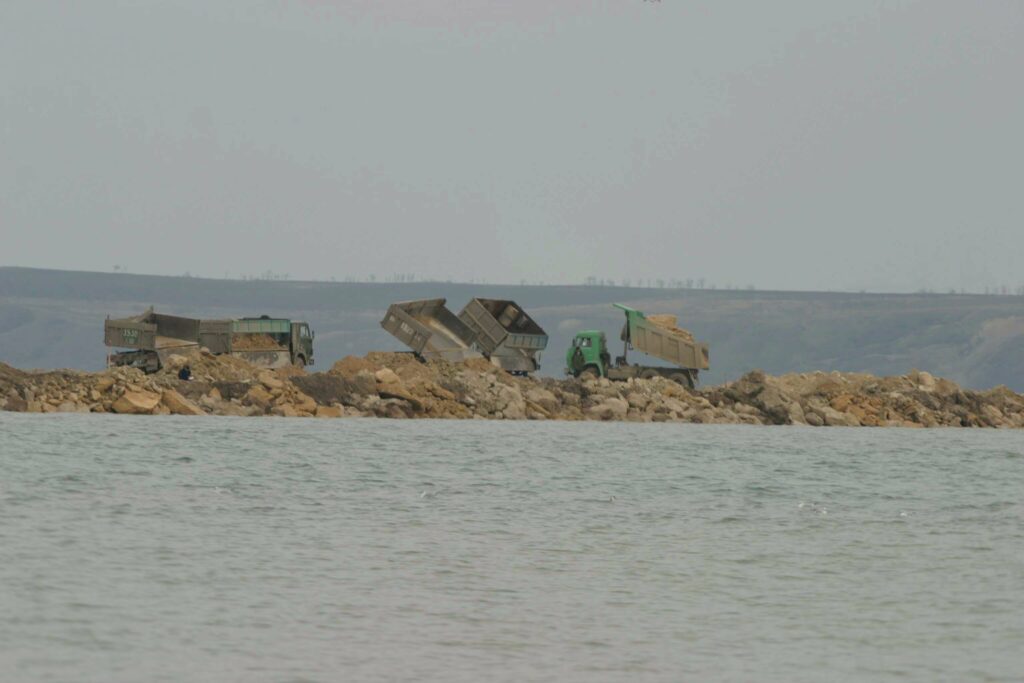
Photo: Mykhailo Koval (in 2003 – the first deputy head of the State Border Service of Ukraine), UP.
Already after the start of the war with Russia in 2014, the Ukrainian military told that it was not easy to contact their Russian colleagues to resolve the conflict: “suddenly” many of them went on sick leave or vacation. Russian President Vladimir Putin, in conversations with Ukrainian President Leonid Kuchma, pretended not to be aware of the incident. And the Russian propaganda media tried to present the situation as if the construction of the dam was an initiative of the local authorities of the Krasnodar Territory, and not a state policy.
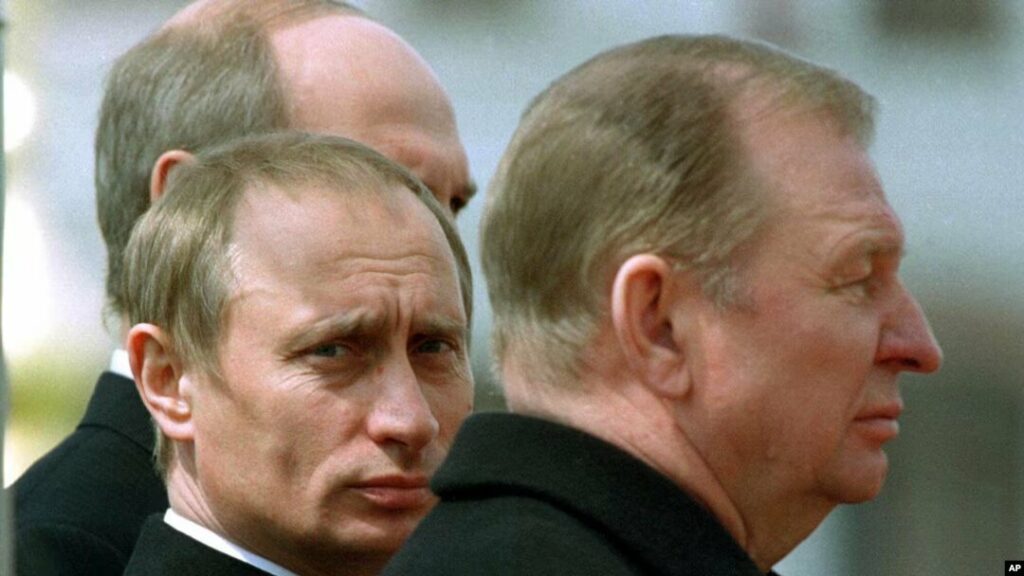
On September 16, 2003, Putin visited the Krasnodar region, where after the meeting he announced the approval of a plan “to solve the problem of Russia’s military and diplomatic presence in the Black Sea-Azov region.”
On September 18, during a meeting of the administration of the Krasnodar Territory, a “technical” decision was made regarding the construction of a dam in the Kerch Strait.
On September 27, Ukrainian border guards saw Russian boats approaching the fishing pier in Tuzla. Ships brought Russian reporters to the island, who asked local residents about their position on the island’s annexation to Russia.
On September 29, Russia began the active phase of dam construction.
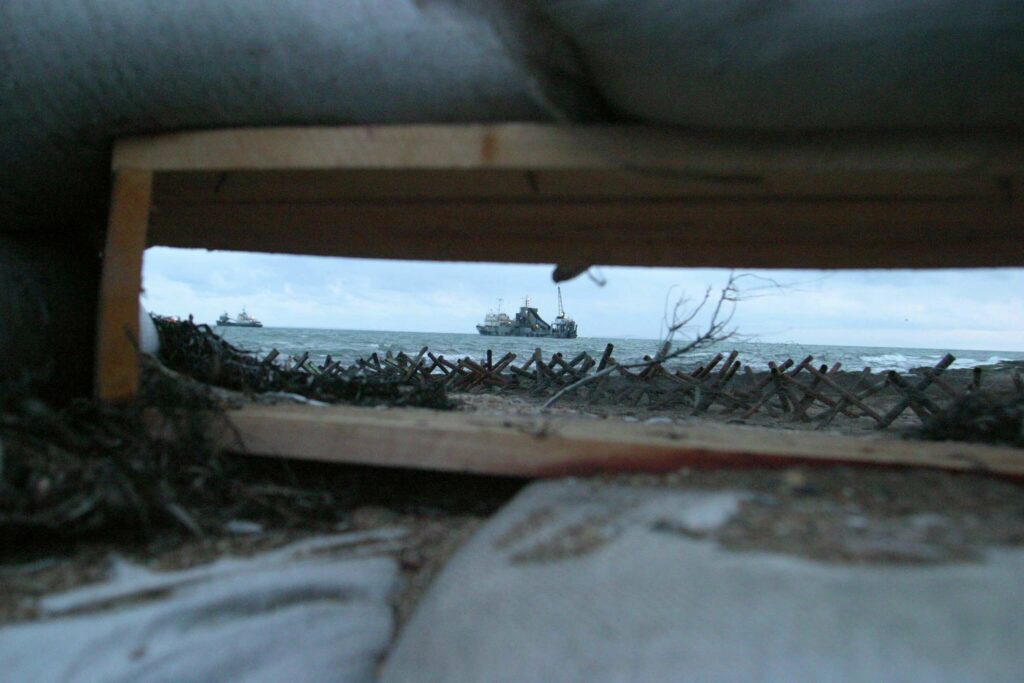
Photo: Mykhailo Koval, UP.
On September 30, the Ministry of Foreign Affairs of Ukraine sent the first note of protest to the Ministry of Foreign Affairs of the Russian Federation, to which the Russian colleagues did not respond.
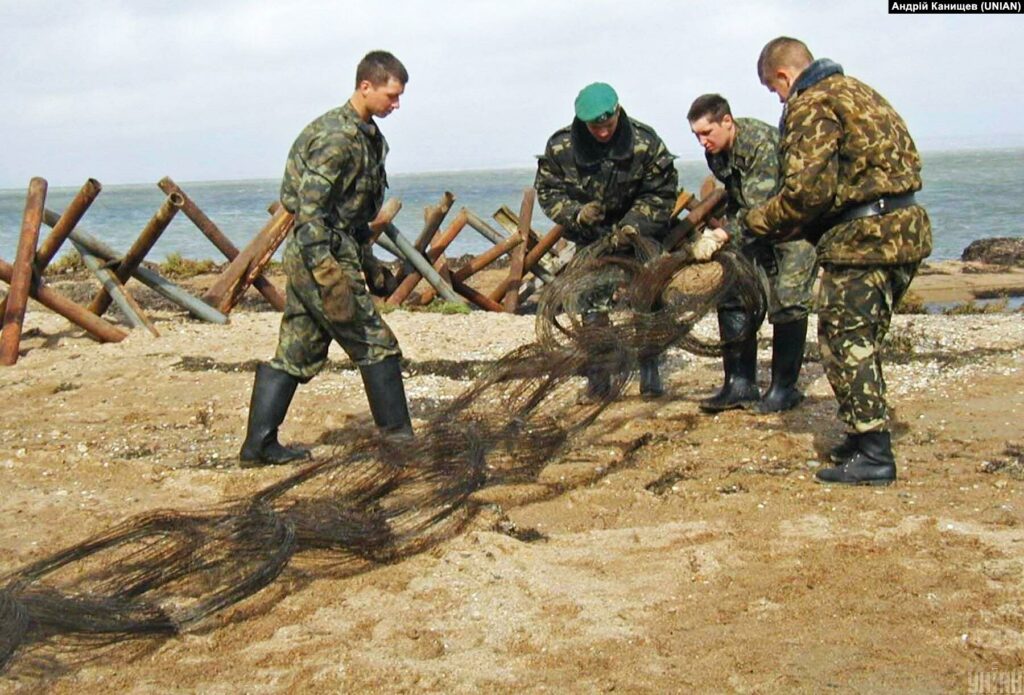
Ukrainian military builds anti-tank hedgehogs on the island of Tuzla
On October 23, 2003, the situation reached its peak, when Russian construction crews approached Ukrainian territorial waters at a distance of about 100 meters. This moment became a turning point, as both sides were on the verge of an armed conflict. Ukraine has declared that it will defend its territory by any means, including the military. Numerous diplomatic negotiations aimed at settling the situation began.
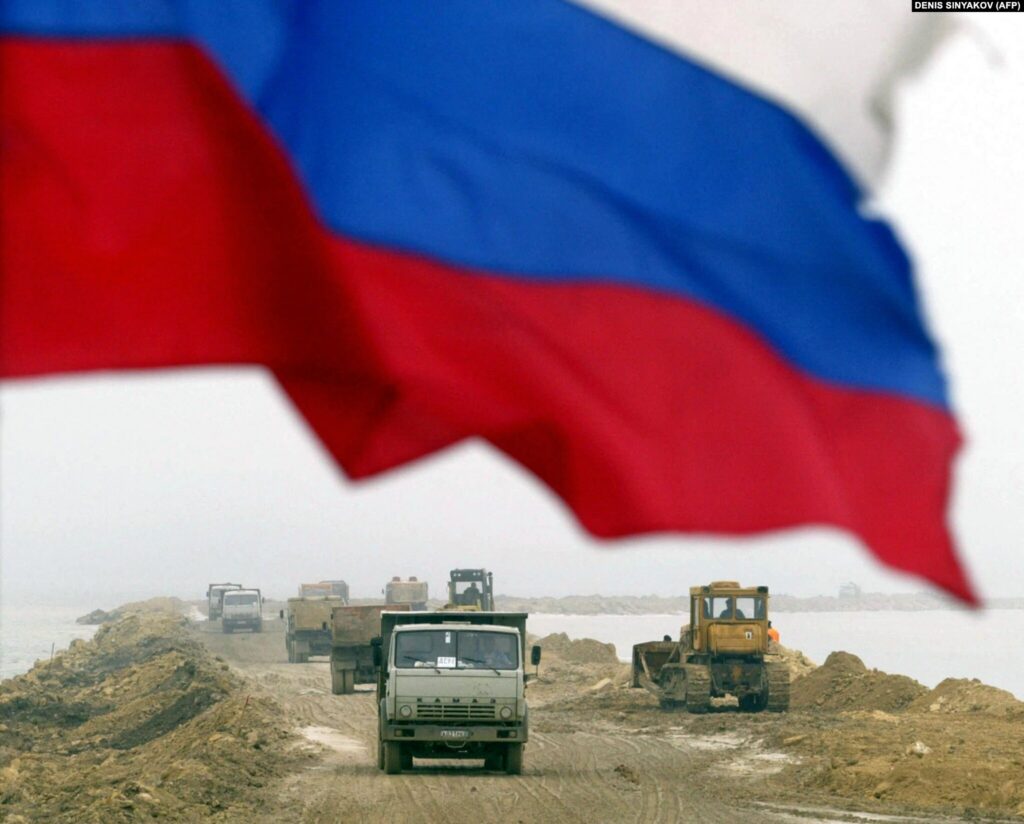
In the same month, Ukraine conducted military exercises with missile launches near Cape Chauda in the Kerch Peninsula region of Crimea (the cape is now occupied and Russia launches Shahed-131/136 kamikaze drones from there).
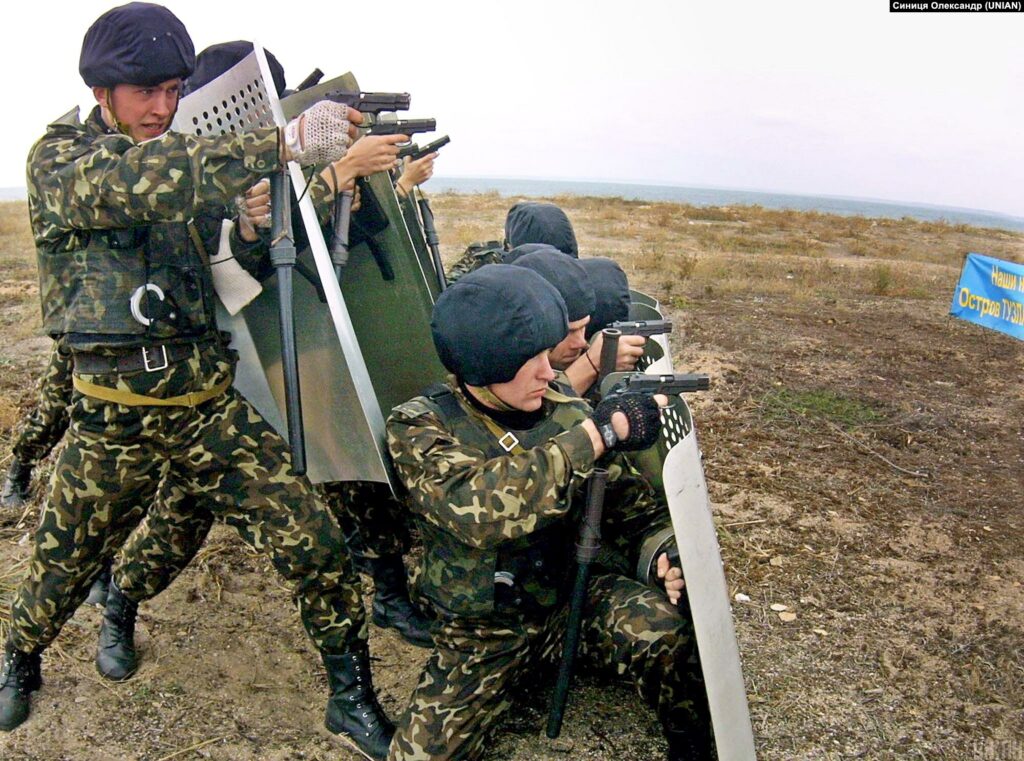
In November, the prime ministers of the Russian Federation and Ukraine agreed to stop further construction of the dam.
On December 2, a new border post was opened in Tuzla.
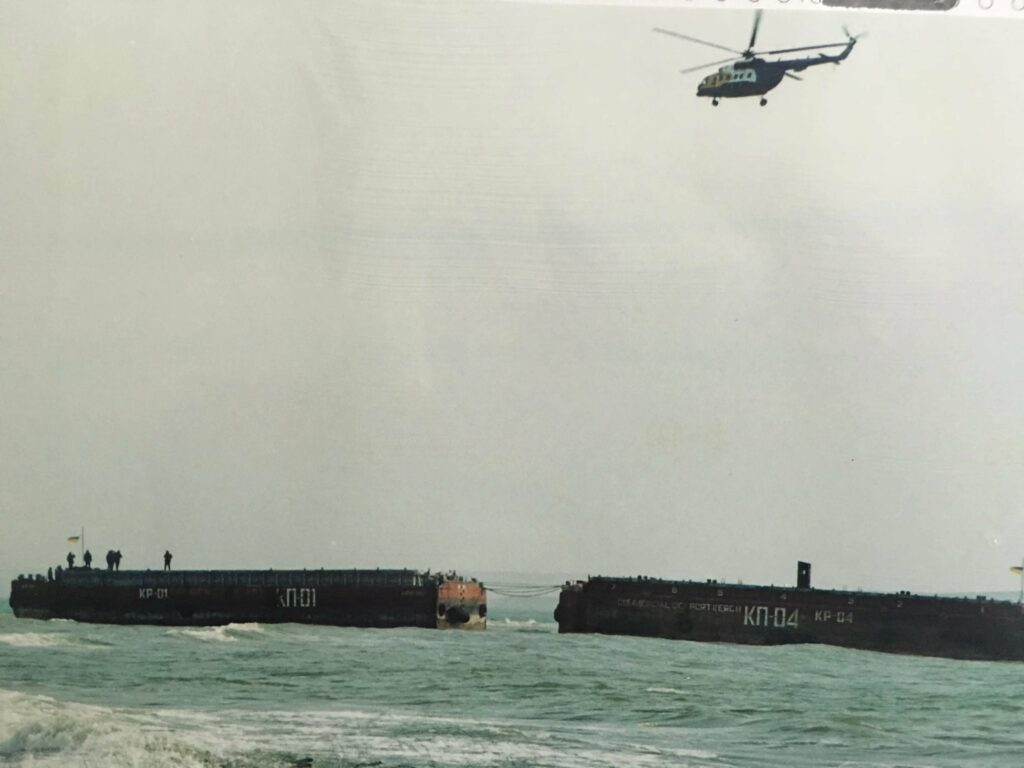
Photo: The Ukrainian military connected lanterns and placed cadets of the border academy on them. These lanterns acted as a “wall” on the way to Tuzla. Mykhailo Koval, UP.
Consequences
In July 2005, the Ministry of Foreign Affairs of Ukraine announced that Russia recognized the Tuzla Island and “the waters around it” as belonging to Ukraine. Instead, the Russian Foreign Ministry responded that the legal status of the island “remains uncertain.” This, most likely, was an allusion to future attempts to annex Ukrainian territories.
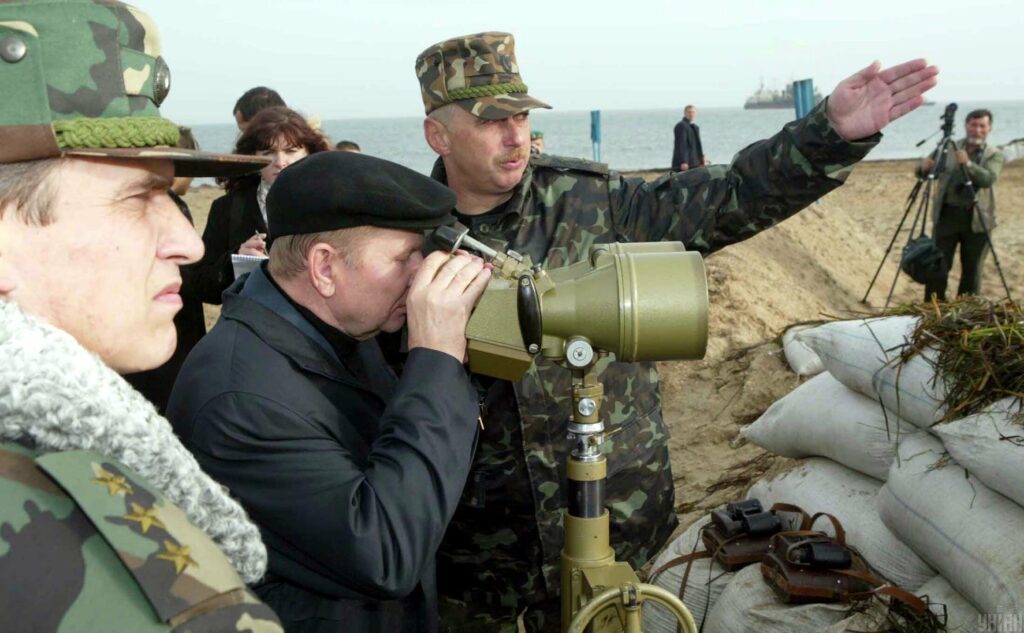
At the moment, Leonid Kuchma’s reaction to the attempted annexation of the island by the Russians may not seem harsh enough – and for good reason. Although Ukraine has demonstrated that it is ready to defend its own territory by military means, even after the end of the conflict, diplomatic relations between the countries “did not suffer.” What’s more, they did not secure the appropriate number of military contingents on the island, which would demonstrate to Russia that Ukraine has taken off its rose-colored glasses, protects its land and is ready to defend it in the event of future conflicts.
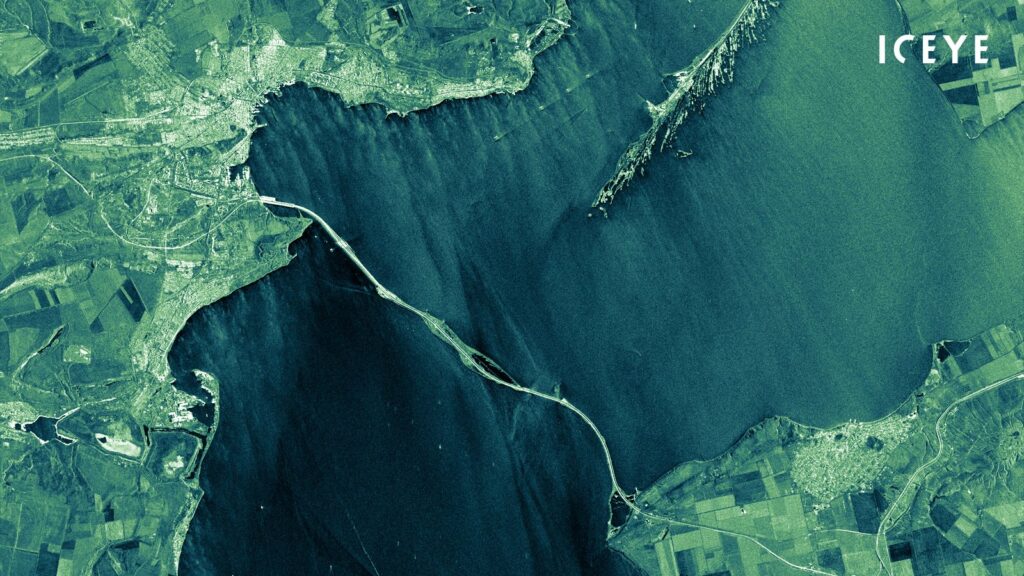
View of the island of Tuzla, through which the so-called Crimean Bridge runs, from the ICEYE satellite (“People’s Satellite”).
And then there was the annexation of Crimea in 2014. After the occupation of the peninsula, the Russians built the Crimean Bridge, which connected the annexed territories with the Russian Taman Peninsula. It runs through Tuzla – this is how Russia showed that it absorbed the island, that it “won” in the old dispute, and that its idea of fixing was and remains not the construction of a dam and the protection of ecology, but the occupation of Ukraine and the destruction of its sovereignty.

Photo: Winter 2022-2023 Head of the National Defense University of Ukraine, 67-year-old Colonel-General Mykhailo Koval, who defended Tuzla Island in 2003, hands President Volodymyr Zelensky a flag with the inscription: “To the Senate and the American people from the defenders of Bakhmut, with great respect “. Mykhailo Koval, UP.

